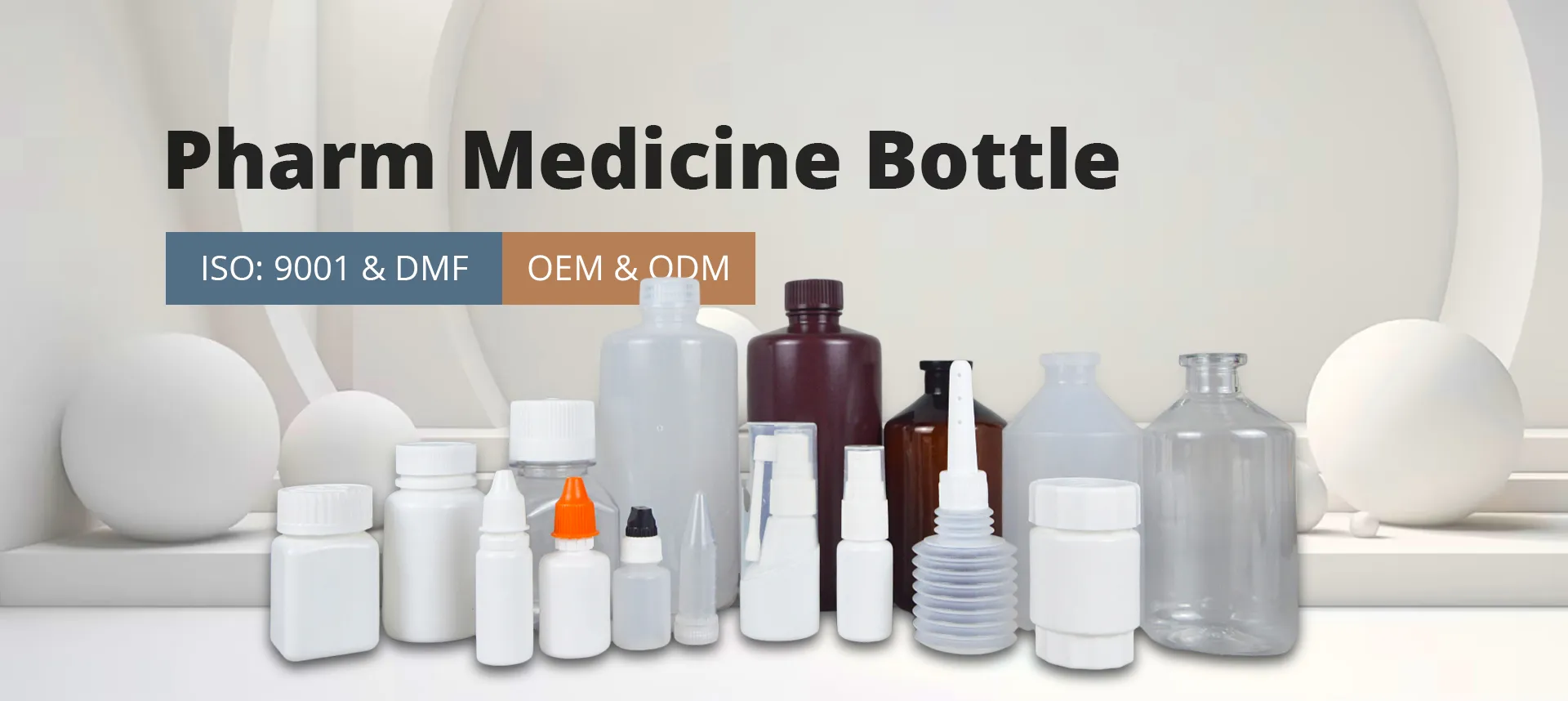tubes for sample collection
Tubes for Sample Collection An Essential Element in Diagnostic Laboratories
In the realm of diagnostic laboratories, the importance of accurate sample collection cannot be overstated. Sample collection tubes play a pivotal role in this process, serving as the vehicles that transport biological specimens from patients to laboratories for analysis. These tubes are specifically designed to preserve the integrity of the samples, ensure that they remain uncontaminated, and facilitate various diagnostic tests. This article delves into the different types of tubes for sample collection, their features, and their significance in the healthcare system.
Types of Sample Collection Tubes
Sample collection tubes come in various types, each tailored for specific types of tests and specimens. The primary types include
1. EDTA Tubes These tubes contain ethylenediaminetetraacetic acid (EDTA), an anticoagulant that prevents blood from clotting. EDTA tubes are primarily used for hematology tests, including complete blood counts (CBC) and blood smears. The lavender or purple cap is commonly associated with these tubes.
2. Citrate Tubes Citrate tubes, usually having a light blue cap, contain sodium citrate, which is another anticoagulant. These are primarily used for coagulation studies, including prothrombin time (PT) and activated partial thromboplastin time (aPTT) tests. It is crucial to maintain the correct blood-to-citrate ratio for accurate results.
3. Serum Separator Tubes (SST) These tubes, often recognized by their gold or red-green cap, contain a gel that separates serum from blood cells upon centrifugation. SSTs are widely used for a variety of chemistry tests as they allow for the collection of serum without the necessity of transferring to another container.
4. Heparin Tubes Tubes with a green cap contain heparin, which is another anticoagulant suitable for certain chemistry tests. Heparin tubes are frequently employed for tests requiring plasma, such as electrolyte testing.
tubes for sample collection

5. Blood Culture Bottles Used for microbiological testing, these bottles are critical in diagnosing infections. They are designed to support the growth of microorganisms from the blood sample, allowing for the identification of potential pathogens.
6. Other Specialized Tubes Depending on the nature of the sample, there are various specialized tubes such as those for urine, saliva, and even tissue samples. Each type is designed to preserve the specific characteristics of the specimen collected.
Importance of Sample Collection Tubes
The choice of the appropriate sample collection tube is vital for several reasons. First and foremost, different tests require different types of samples—whole blood, serum, plasma, or another form of biological material. The integrity of the sample can significantly influence the accuracy of the test results. Improper collection or handling can lead to hemolysis, contamination, or clotting, ultimately affecting diagnosis and treatment.
Furthermore, the design of sample collection tubes includes various features tailored to enhance convenience and safety. Many tubes come equipped with safety features, such as retractable needles or safety caps, to reduce the risk of needlestick injuries during blood collection. Additionally, color-coded caps facilitate quick identification of the tube type, ensuring that healthcare professionals select the correct tube for the test at hand.
Conclusion
In summary, tubes for sample collection are essential components of modern diagnostic laboratories. Understanding the types of tubes and their specific applications is crucial for healthcare professionals in order to obtain accurate and reliable laboratory results. As technology advances, the design and functionality of these tubes continue to evolve, further enhancing the safety and efficiency of sample collection processes. The proper use of collection tubes not only streamlines laboratory workflows but ultimately leads to improved patient outcomes, benefiting the entire healthcare system. As we continue to navigate the complexities of medical diagnostics, the humble sample collection tube remains a powerful tool in the pursuit of health and wellness.
-
Aesthetic Makeup Spray Bottles | Fine Mist Empty RefillableNewsAug.19,2025
-
White Plastic Veterinary Vaccine Vials | Lab Liquid BottlesNewsAug.18,2025
-
Plastic Medicine Liquid Bottle: Secure Flip Top Drug VialsNewsAug.17,2025
-
Durable 250ml Blue Plastic Vaccine Vial for Lab & Vet UseNewsAug.16,2025
-
Sterile Virus Sample Tubes: Secure & Reliable Specimen CollectionNewsAug.15,2025
-
White 250ml Plastic Vaccine Vial for Lab & Vet MedicineNewsAug.14,2025
























